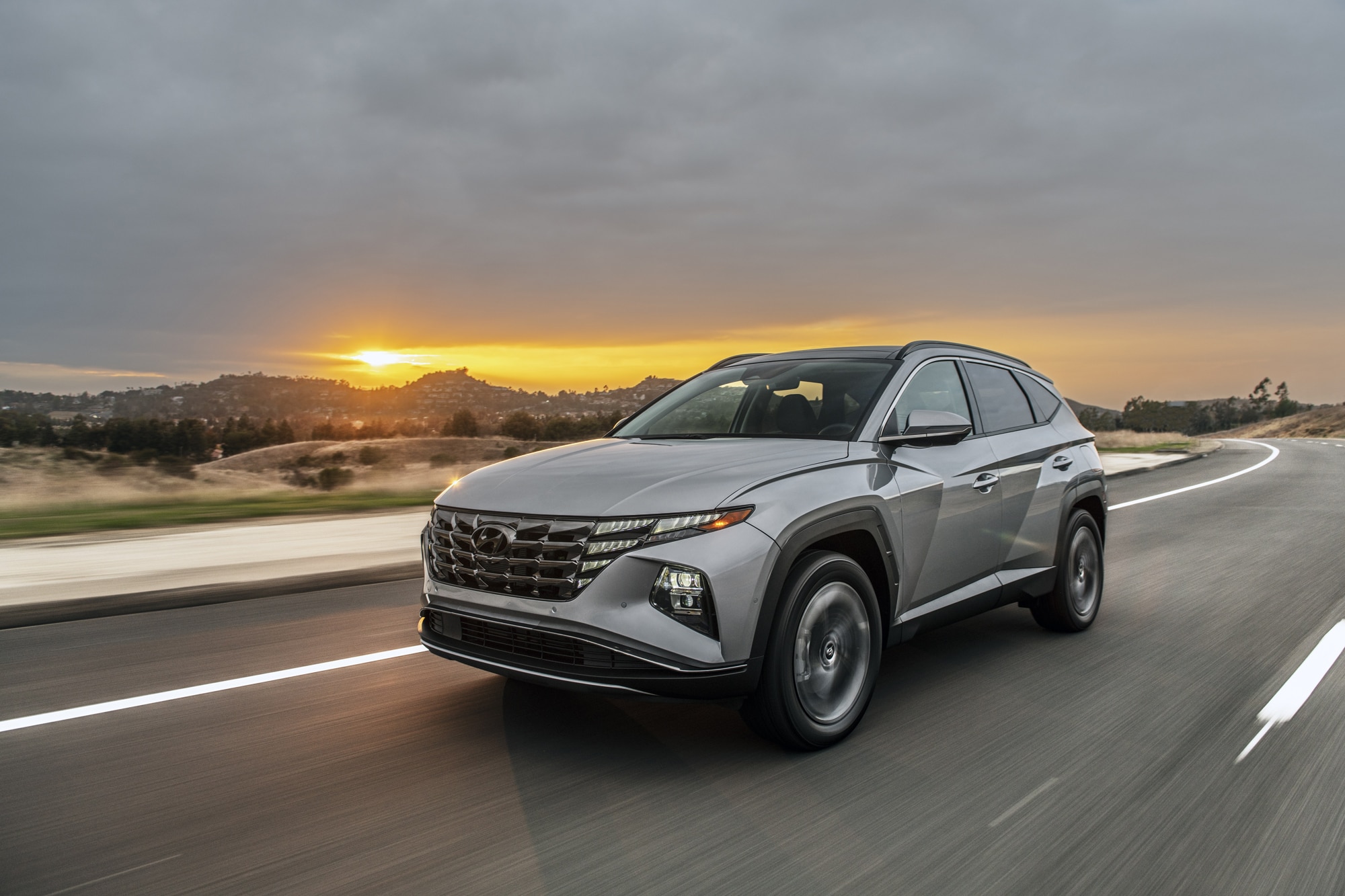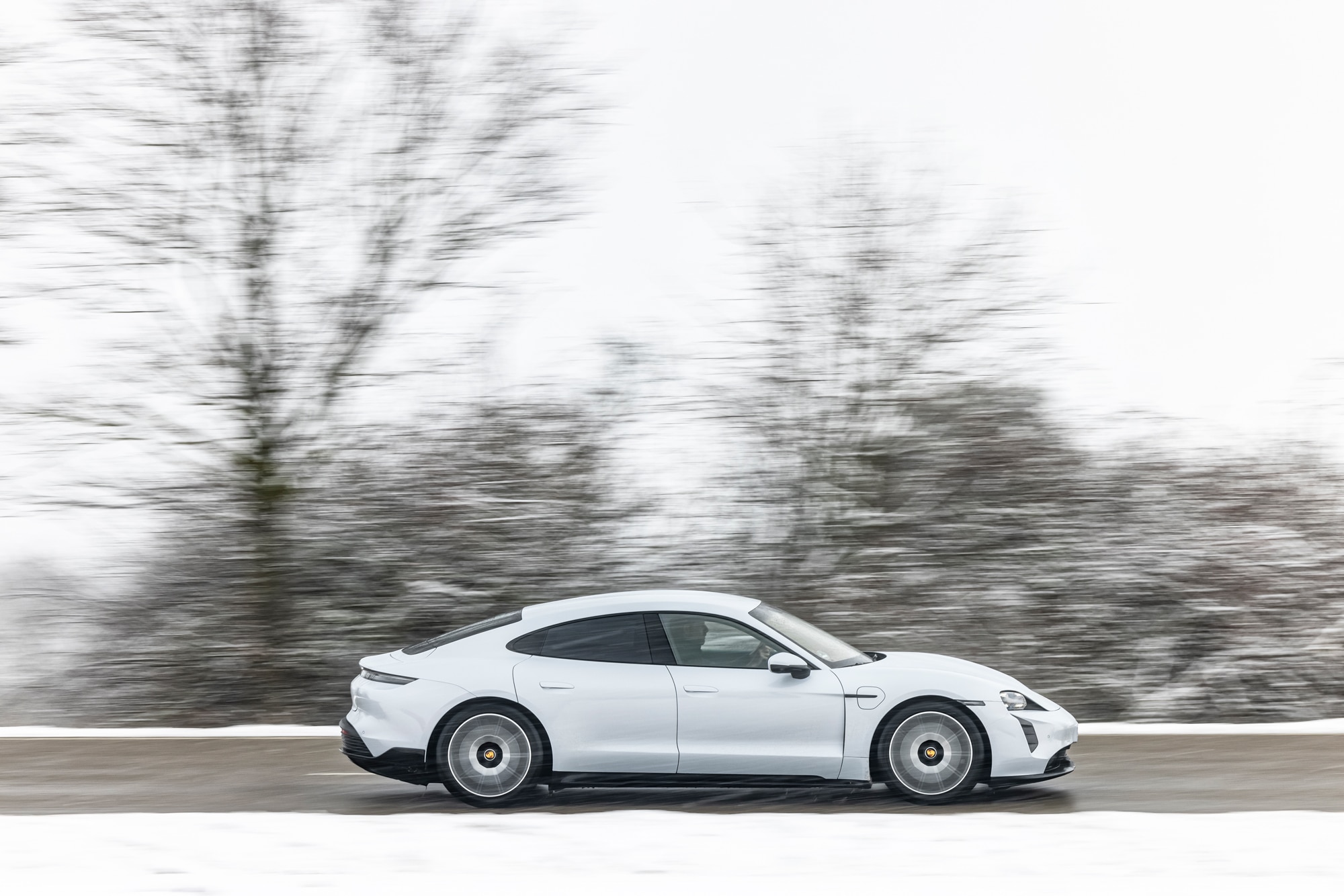Hybrid vs. PHEV vs. EV: Which is Right for You?
Picking the best electrified car for your needs is a matter of comparing the strengths of different types and matching them with your intended use.
 Honda
Honda
Vehicles powered by electricity, either as hybrids teamed with a gasoline engine or as purely electric models that depend on batteries, are today’s least expensive cars to run in terms of energy costs.
Understanding the differences, benefits, and potential drawbacks among the electrified vehicle types—hybrids, plug-in hybrids, and battery electrics—is an important step toward a happy ownership experience.
Hybrids Are Most Like the Cars You’re Used To
Conventional hybrids, which pair a gas engine with an electric motor and a battery pack, are the stingiest on gas among vehicles that don’t need to be plugged in. Hybrids can deliver remarkable fuel economy, with some midsize sedans getting over 50 mpg and a few popular crossovers giving 40 mpg or more. Notably, those are combined averages, as many hybrids are more frugal in city driving than they are on the highway. In contrast, gas-only cars burn substantially more fuel in urban use.
Keeping a hybrid fueled is much the same as any gas vehicle—no need to ever plug in, as normal driving generates the energy for the electric motor. Some energy is stored in a small-capacity battery. It’s enough for some hybrids to drive about a mile at lower speeds on electricity alone.
More Expensive at First, but Cheaper in the Long Run
Although hybrids generally cost more than their non-hybrid counterparts, better fuel economy makes them cheaper to drive. The Honda Accord Hybrid costs $1,200 more than the gas-only version, but its EPA-rated 47 combined mpg handedly beats the Honda Accord gas model’s 33 mpg, potentially saving the owner $550 a year. There are exceptions: the lowest-priced version of the Ford Maverick pickup is a hybrid rated at 37 combined mpg. A more powerful, but less efficient, gas-only engine adds $1,085 to the price – and costs $700 more each year to fuel.
Hybrid vehicles have proved durable and dependable in the two decades since Toyota introduced the Prius. They require no special treatment and are well-suited to families that have long commutes or regularly take extended trips.
 Hyundai
Hyundai
For Shorter All-Electric Trips, a PHEV Does the Job
A plug-in hybrid (PHEV) extends the original hybrid idea, installing a higher-capacity battery to provide 15 to 40 miles of electric-only driving, depending on the model. When the battery charge runs low, the vehicle automatically switches to hybrid mode by starting the gas engine.
For trips made mostly or entirely on battery power, little or no gas is burned, making these vehicles quite thrifty. Some new vehicles are offered in gas, hybrid, and PHEV versions, and you can readily compare their efficiency and the costs of fueling them at
PHEVs carry a higher price tag than regular hybrids, though many are eligible for tax credits that reduce or eliminate the difference. For example, a Hyundai Tucson PHEV costs $5,550 more than the Hyundai Tucson Hybrid, but is eligible for a $6,587 federal credit. Check the
More Efficient Than Hybrids, But Only When You Plug In
For any PHEV, the lower operating cost relies on the owner faithfully plugging in to recharge. The EPA rates PHEV energy efficiency in terms of mpg and MPGe, a rating achieved by denoting the potential energy of 1 gallon of gasoline as 33.7 kilowatt-hour (kWh).
To recharge a PHEV, a 110V household outlet works fine for overnight charging, for example replenishing the Ford Escape PHEV’s 37-mile electric range in 10 to 11 hours. Using a 240V Level 2 charger cuts that to 3.5 hours, but purchasing and installing dedicated equipment can easily run more than $1,000.
A plug-in hybrid is an efficient choice for drivers whose daily trips fall within the electric-only range, but who occasionally need to make longer trips. However, those who cannot charge at home or who drive far beyond a PHEV’s electric range on a daily basis are likely to get better value from a regular hybrid.
 Porsche
Porsche
Electric Vehicles are the Efficiency Champs
Nothing beats a battery-electric vehicle for overall energy efficiency. The only energy source is electricity stored in a large battery pack, ranging from 30 to more than 100 kWh in capacity.
EVs can be incredibly cheap to run. The EPA projects the cost of energy to drive 15,000 miles a year at $500 for the Tesla Model 3, $550 for the Kia EV6 and $650 for the Ford Mustang Mach E. Those figures fall well below the roughly $2,400 the EPA estimates it costs to drive that distance with a gas vehicle that achieves 25 combined mpg.
The purchase price of EVs is generally higher than comparable hybrids and PHEVs, but that difference is expected to shrink in coming years. The same federal tax credit available for PHEVs applies to eligible EVs.
Charging is a Factor in the Decision
The potential hitch in owning a purely electric car is charging. The most convenient and affordable way to recharge an EV is using a 240V Level 2 charger installed in a home garage or driveway. This can replenish most EVs in 8 to 12 hours. The charger will run $400 to $900; installation of a dedicated circuit by an electrician will add cost.
Owners who don’t recharge at home can use public fast-charging stations. These offer much faster refills—typically 20 to 40 minutes, depending on how low the battery is—but they are not yet as numerous as gas stations, nor as convenient to refuel as a gas vehicle. That’s particularly a problem for EV models that need to be recharged every 200 miles or less.
These issues will be resolved in time—EVs that can go 300 miles and more on a full charge are becoming common—but for now, charger availability must be considered when purchasing an EV. Drivers without home charging capability, or who often make long trips where chargers are scarce, may be better off with a hybrid or plug-in hybrid for the time being.
EV Choices Are Growing Each Day
The auto industry has definitively signaled a transition to electric vehicles over the next decade, so expect a flood of new models. Along with reducing energy costs, EVs can be superior in performance, with quiet operation, brisk acceleration, and excellent handling. For those with a thirst for speed, premium EVs like the Tesla Model S and Porsche Taycan are among the quickest-accelerating new cars available.
Written by humans.
Edited by humans.
 Jim Koscs
Jim KoscsJim Koscs has been writing about cars for more than 30 years, his byline appearing in national enthusiast and trade publications, newspapers, and websites. He covers a broad spectrum of topics in automotive business, culture, collecting, design, history, racing, and technology. The "car thing" goes way back for Jim. At the 1968 New York Auto Show, he snuck away from his father to get a better look at a Rolls-Royce... from underneath it, to see if it had dual exhausts. (It didn't.)
Related articles
View more related articles